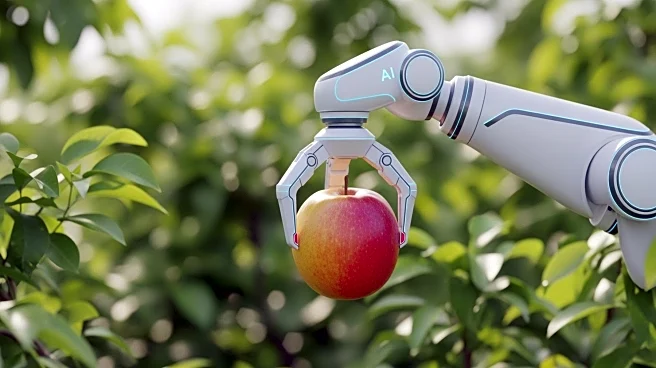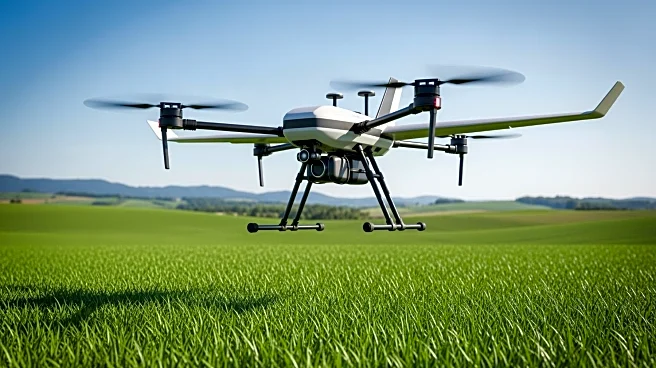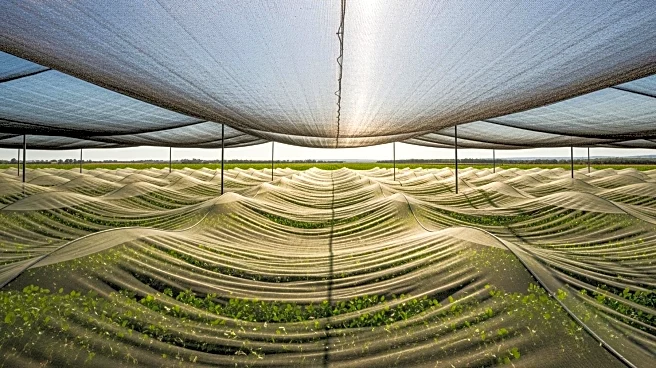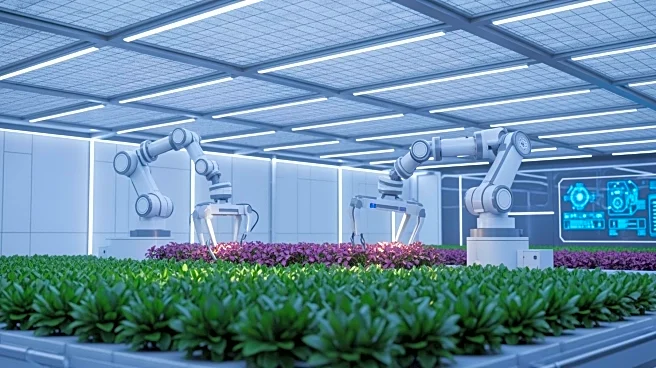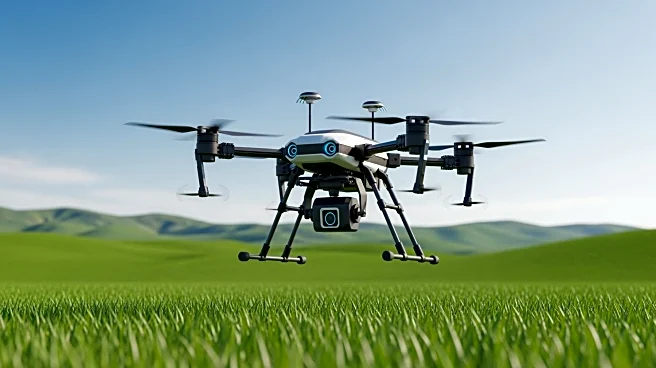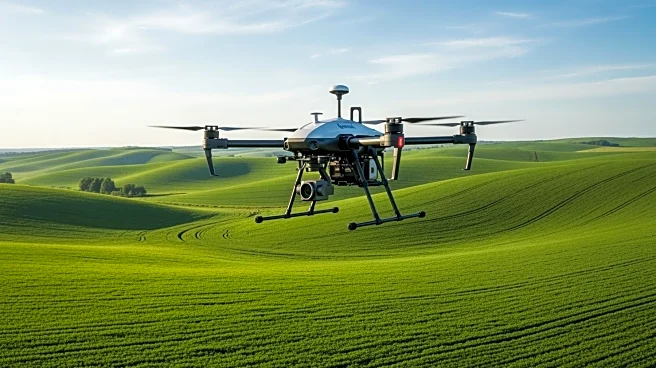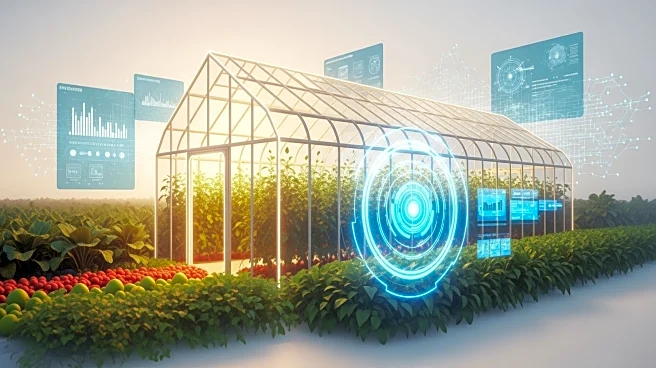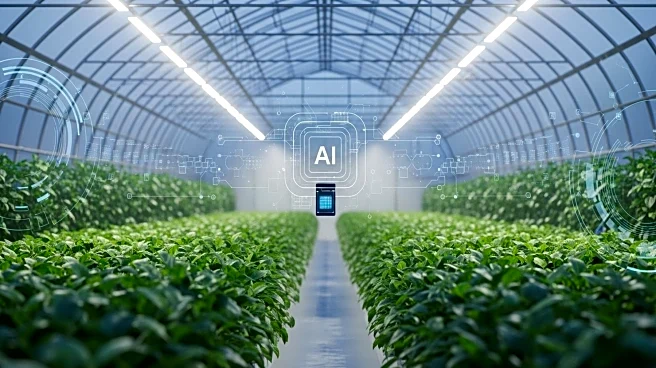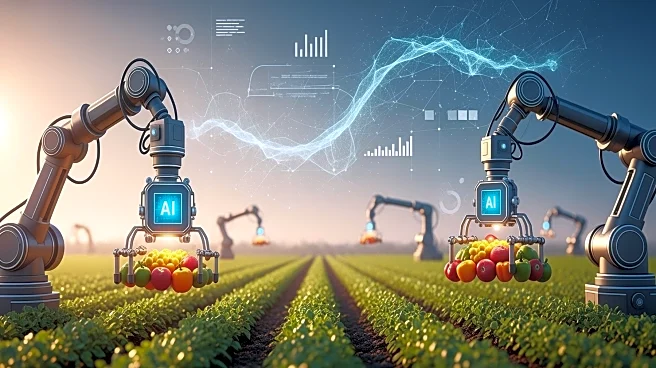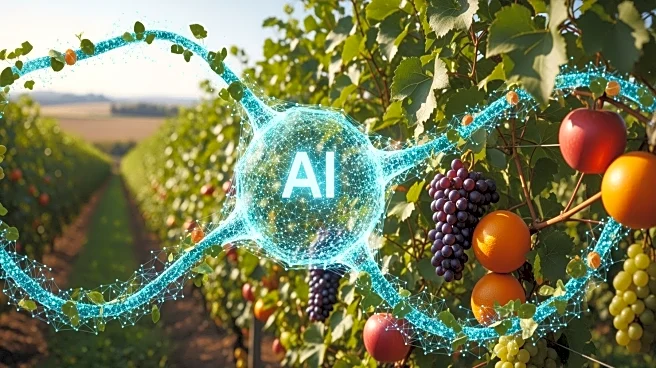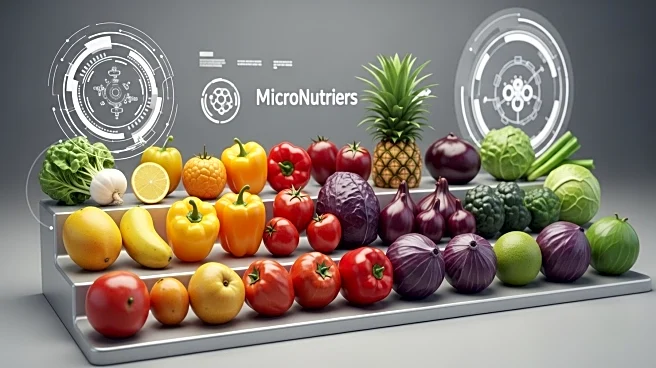What's Happening?
The agricultural food loss reduction solutions market is projected to grow from USD 14.50 billion in 2025 to USD 22.50 billion by 2030, driven by sustainability goals and food security initiatives. The market is emerging
as a critical segment within the global agri-tech and supply chain industries, addressing the significant issue of food loss, which accounts for nearly one-third of global food production. Governments, organizations, and private stakeholders are investing in advanced technologies such as cold chain logistics, precision agriculture, and AI-enabled inventory management to reduce food loss. Despite the growth potential, challenges such as high capital costs, limited adoption among smallholder farmers, and infrastructure gaps in emerging economies persist.
Why It's Important?
The expansion of the agricultural food loss reduction solutions market is crucial for enhancing food security and sustainability. By minimizing food loss, stakeholders can improve resource efficiency and reduce environmental impact, which is vital in the face of growing global food demand and climate pressures. The adoption of advanced technologies can lead to better food distribution and reduced waste, benefiting both developed and developing regions. However, overcoming financial and infrastructural barriers is essential to ensure widespread implementation and maximize the benefits of these solutions.
What's Next?
North America is expected to lead the market, driven by strong private-sector participation and government funding. Meanwhile, Asia Pacific is anticipated to experience the fastest growth, supported by rising food demand and government-backed initiatives. As the market evolves, stakeholders will need to address challenges such as fragmented supply chains and financial inclusion barriers to fully capitalize on the opportunities presented by technological innovations.
Beyond the Headlines
The integration of sensor-based technologies and AI in agriculture represents a shift towards data-driven farming practices, which can significantly enhance operational efficiency and reduce post-harvest losses. This technological advancement not only supports food security but also aligns with broader sustainability goals, promoting a circular economy model in agriculture.
